7 Day Educational Tour in Sri Lanka and Maldives
Sri Lanka is an island that spans 65,610 square kilometers. It 81.54′ E.is located between 59.51′ Nnd 9.51’N and 79.41′ and 81.54’E. At its widest point, the island is 224 kilometres wide and 432 kilometres long. In most regions of the island, the average temperature ranges from 26 to 28 degrees Celsius. The southwest and northeast monsoons bring rain to Sri Lanka. Throughout the Southwest monsoon (mid-May to September), Rainfall is mostly restricted to the southwest of the island, whereas rainfall occurs in the north and east of the island during the northeast monsoon (October to February). Sri Lanka’s economy is primarily agricultural, with tea, rubber, coconut, textiles, jewels, and minor export crops being the mainstays. Paddy is the main crop grown in the country, and rice is the main food eaten by the people. Foreign work and tourism are important to the economy of the country. In the year 2000, the population of Sri Lanka was 19.5 million, with 79% of the people living in rural areas. Sri Lanka’s primary religion is Buddhism. Buddhists account for approximately 69% of the population, with the remainder practising Christianity, Hinduism, or Islam. The Executive President of Sri Lanka leads a Socialist Democratic Republic. For administrative purposes, the country is divided into 9 provincial councils, 25 districts, and 264 division.
Natural Disasters in Sri Lanka
A natural disaster is a destructive force that may occur within a short period of time. At present, most of the hazards found in Sri Lanka are increasingly turning into disasters due to unfavourable human activities. Several hazards such as droughts, floods, earth slips, cyclones, lightning, tsunamis and earth quakes are some examples for such instances.
In Sri Lanka, floods, landslides, Cyclones, Droughts, Wind storms and coastal erosion are the main causes for Natural Disasters. These natural disasters have caused loss of life, and enormous damage and destruction to property. In addition to these natural disasters, the country also incurs heavy toll on account of man-made disasters such as deforestation, indiscriminate coral, sand and gem mining, and industrial hazards besides ethnic conflicts and occasional political violence in the recent past.
Sri Lanka is prone to high-frequency weather-related risks as well as low-frequency, high-impact occurrences such as the 2004 Indian Ocean tsunami. Floods induced by monsoonal rains or low-pressure systems are the most common dangers, followed by droughts caused by monsoonal rain failure. Landslides, lightning strikes, severe winds or hurricanes, and diseases are all common in Sri Lanka. The risk assessment platform INFORM puts Sri Lanka 56th out of 191 countries in terms of catastrophe risk. Over the last 15 years, high-impact events have included the Indian Ocean tsunami in 2004, as well as droughts, floods, and landslides in 2014, 2016, and 2017. Figure 1 shows how many people were hurt by disasters, mostly droughts and floods, from 2012 to 2016.
Maldives
The Republic of the Maldives (hereinafter referred to as the Maldives) is a low-lying island republic made up of almost 1,200 islands separated by 26 naturally created atolls. Because of the country’s low elevation and flat landscape, all islands are vulnerable to physical threats. Because of rising sea levels, the country is often hit by seasonal events that happen often but don’t have a big effect, like monsoon floods, coastal erosion, saltwater intrusion, and major flooding caused by sea surges.
Because 75% of the Maldives’ land area is less than a metre above mean sea level, even the slightest rise in sea level will be exceedingly dangerous. Malé, the country’s capital, is home to one-third of the country’s population and is one of the most densely populated cities in the world. It is also prone to many man-made problems, such as house fires. The incidence of large-scale natural disasters is very rare; however, the 2004 Indian Ocean Tsunami had a severe impact on the country’s people, economy, and development progress. The Maldives was one of more than a dozen countries in the region hit by the tsunami, which had a huge impact on the country and prompted the establishment of more comprehensive disaster management and disaster risk reduction measures. In December 2004, the country formed the National Disaster Management Centre to coordinate national response activities.

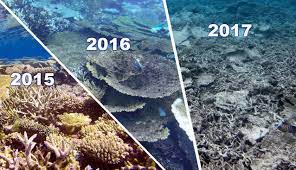

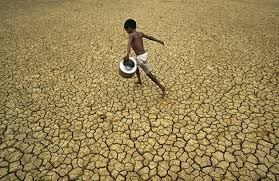

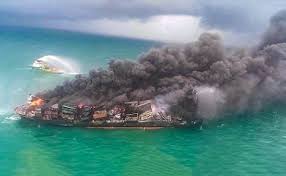
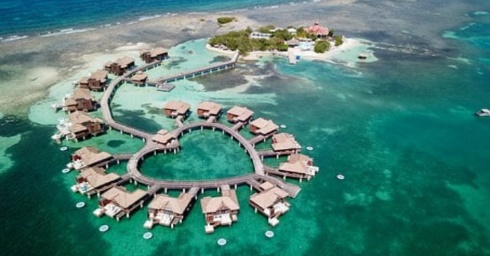
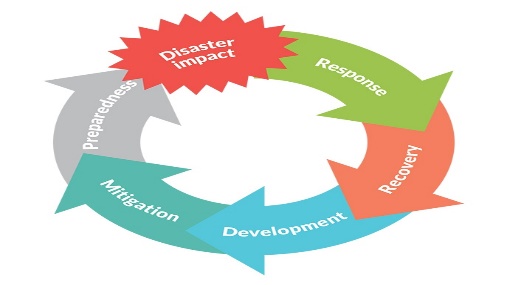
You will get the opportunity to network with other professionals, go back in time to tour historical sites, and meet with professors at other universities. If you need more information or just want to chat, feel free to shoot us a message. An instructive trip to Sri Lanka and the Maldives is an experience you’ll never forget. You can organise a group trip around your university and make it a learning experience. This region has a lot to offer.
Inclusions

Meals
All Included

Transport
Private Hire vehicles/Train/Tuk Tuk

Accommodation type
Villa/Hotel/Boutique Hotels
Availability By Month And Year
Important Notes
Travelers on Taprorabana trips are required to produce proof of full vaccination against COVID-19. Read details here.
- Please speak to your booking agent for further information about how you prefer the rooms (Shared or single)
- In the wet season, we occasionally need to alter the length and itinerary of the Hill Country hike due to weather conditions.
- Please provide your full name exactly as per your passport at the time of booking (including any middle names listed on your passport) for train tickets. Fees may apply for amendments to details within 45 days of departure, and in some cases, you will be required to cover the cost of issuing new tickets.
- Train tickets are in very high demand. We always try our best to secure tickets, but on the rare occasion that we cannot book them, you will continue your journey by private vehicle.

